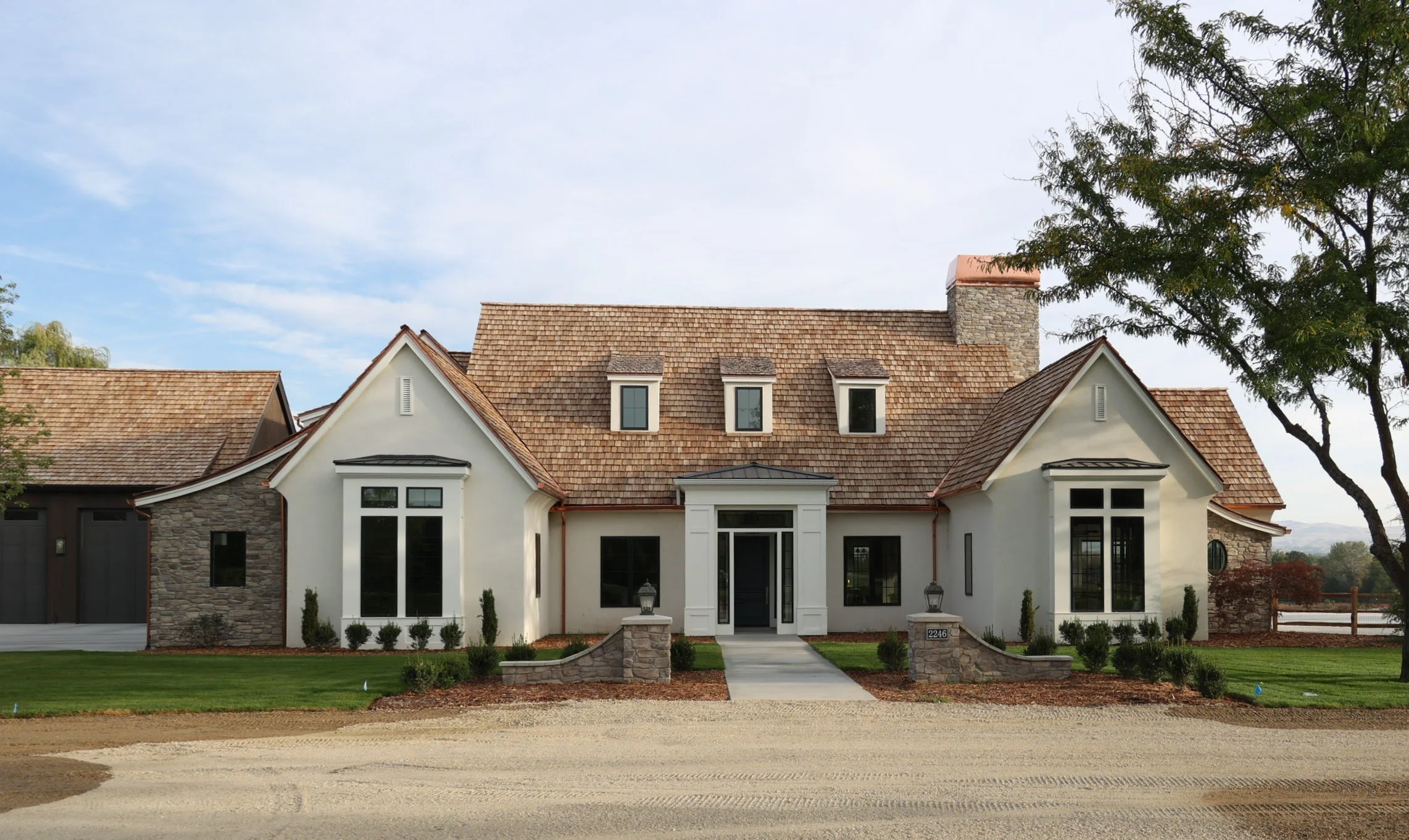Interior Design | 12 Steps of Building a Home
What do you think of when you hear the term “interior design”? A lot of people probably just think of furniture and wall hangings, but there is SO much more to know about interior design than just that. We could go on for days about different aspects of interior design, but for today let’s get into four major aspects: finding your style, architecture, space planning, and elevations.
FINDING YOUR STYLE
Before we can even start designing your home, it’s important to find your personal home style. The list of home styles is seemingly endless, but here are some of the most popular at the moment:
TRANSITIONAL
This is often called a middle-ground style. It’s a blend of traditional and contemporary and often includes mixing finishes and furniture styles. It’s a great option if traditional furniture feels too stuffy but modern or contemporary design feels too cold.
TRADITIONAL
Traditional design usually draws inspiration from old English and French design. Think expensive fabrics, upholstery everywhere, and lots and lots of fabric. Traditional design also frequently includes matching furniture sets, with couches and chairs coordinating.
MODERN
Modern design relies on clean lines and smooth, stark surfaces. Think metal tones, chrome, and glass! The decor is usually kept to a minimum in modern design, allowing the furnishings and architecture to speak for themselves.
MINIMALIST
On the surface, it may seem like minimalist is another term for modern interior design, but they actually are different! Minimalism draws inspiration from Japanese design and the idea that less is more. Minimalist homes have a neutral color scheme and multi-use furniture.
MID-CENTURY MODERN
Mid-century modern refers to a style that became popular in the late 1950s and early 1960s America. Most mid-century homes emphasized indoor-outdoor living, with lower profile furnishings and rich wood tones. This style has remained popular for good reason!
FRENCH COUNTRY
French Country design draws inspiration from farmhouse and traditional design in a traditionally feminine and unique way. This style often includes antique (or antique inspired) furnishings and more modern art.
SCANDINAVIAN
Scandinavian design is most easily identified by the wood tones. Light, airy, wood from floor to ceiling are incredibly popular in Scandinavian homes. Furnishings are also light and feature layered fabrics and textures to add to the coziness factor.
This is by no means a comprehensive list of interior design styles, but we wanted to highlight some of our favorites to give you a good idea of what your personal interior design might be, if you aren’t sure yet!
ARCHITECTURE STYLE
Having a good grasp of what your interior design style is will help us know what elements we should incorporate into the architecture of your home. For example, if you’re hoping for a French Country style inside, we probably won’t include floor-to-ceiling glass windows since that reads more modern or minimalist. Or if you’re hoping to finish your home with your collection of mid-century modern furniture, we’ll plan to do the floors in a darker wood tone to complement the furniture, rather than an ashy grey.
SPACE PLANNING + ELEVATIONS
Once you know your interior design and architecture styles, it’s time for the fun part – blueprints!
First, we’ll go through your house room by room and space plan. Essentially this helps us figure out the functional requirements for your house and the basic layout. Do you want lots of nooks and crannies or an open floor plan? Do you need lots of storage? We’ll figure it all out during space planning.
Once that is set we’ll move into mocking up elevations. This is interior design speak for illustrating the finished interior walls of a building. We work with contractors to create these elevations so you can see how tall items will be, how materials will work together, and other things that might not be as easy to understand when looking at a flat blueprint of your room or home.
In everything we do, we’re working to create functional, beautifully balanced spaces. No matter your style, Liz Powell Design is here for you.
|












